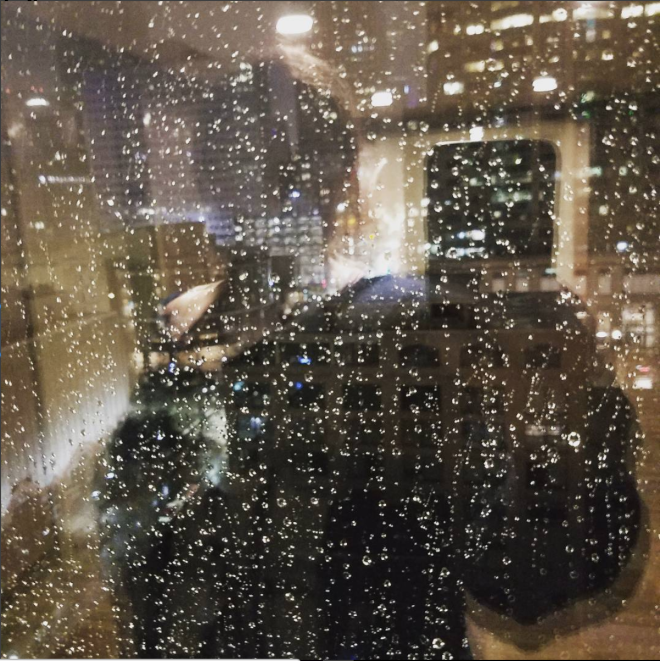I finished The Girl Who Dared to Think by Bella Forrest in one night. I didn’t plan to, but after a bit of a slow start it reeled me in. I was a little disappointed when I finished it and, unsurprisingly, it ended with a cliffhanger that leads into the second book in the series. That’s fine, and I’ll pick up the next one. I just really wanted a resolution when I hit that point sometime around dawn.
Our protagonist, Squire Liana Castell, lives in a massive, glass-enclosed bunker called the Tower. Everyone in the Tower has a number on their wristband and a monitoring device in their head that checks for dissident thought-patterns and feelings. The number is a rating of their supposed loyalty to the Tower, with the highest score being a perfect ten. Her initial problems stem from the fact that she can’t keep her number high enough and she can’t seem to stop asking the wrong kinds of questions.
I was a little lukewarm about Liana at first, and very lukewarm about the apparent budding insta-romance between her and mysterious hot guy, but the setting and warped social structure were interesting enough to keep me going. I got to like Liana more as the story went on. She’s engagingly competent and not prone to convenient stumbles in the middle of the action so dudes can rescue her. Most of her decisions and reactions seemed internally consistent and logical from her point of view, which avoids a major pet peeve of mine.
The romance wasn’t as abrupt as it first appeared; the author seemed to rein it in after the first thrilling glances. I like that Liana has fairly balanced relationships with her friends, and that they don’t suddenly drop off her radar when a guy catches her eye. The story is refreshingly free of love triangles, as well.
The cast is pretty well gender balanced, although it would seem that LGBT people either don’t exist in the Tower or they’ve been forced into hiding/conformity, which I grant would fit with the general dystopian vibe. The cast also seemed pretty white to me. Again, that and other omissions could probably be attributed to the fact that they basically live in an unescapable totalitarian fishbowl, but it isn’t mentioned. I kinda hope that’s addressed in the next book, as Liana learns more about her world. The main diversity comes from the different social classes and communities, all of which are focused on a particular type of service to the maintenance of the Tower. The different vocations have their own micro-cultures, languages, and beliefs.
It was a pretty fast-paced read. I had some trouble picturing the architecture inside the Tower and the technology Liana uses to get around, but that could just be me. She seemed to put a reasonable amount of time into painting the picture, but it didn’t come together in my head, so I sometimes had to slow down to figure out exactly what was going on. (Also, this is just an editing nitpick, but there’s a chapter where she uses the word “statuesque” like four times in a row to describe the same woman and then once for her daughter. That is too many times unless they were literally made of marble and wearing drapey gowns.)
One interesting thing I learned after finishing this book is that it’s supposed to be set in the same world as The Gender Game, also by Bella Forrest. I wasn’t sure how I felt about that one from the description and title, but now I may give it a try when I’m done with these. Maybe.
 Moody tower window photo.
Share this:
Moody tower window photo.
Share this:




